

While it may never be known when the B.C. teenager hospitalized with a severe case of avian influenza, H5n1, will make a full recovery — health officials say this is an opportunity to look at what we can learn moving forward.

The teen became the first critically ill pediatric patient with avian influenza in North America earlier this fall and information was published this week in the New England Journal of Medicine, detailing her care.
It was determined the teen was no longer infectious on Nov. 29, moved to the pediatric ward on Dec. 4, and no longer required supplemental oxygen by Dec. 18, according to the case summary.
“What do we learn from this that we didn’t already know?” Dr. Isaac Bogoch, an infectious diseases specialist at Toronto’s General Hospital, told Global News.
“Well, we already know it’s a potentially severe infection, which this case demonstrated. We already know that we have some antiviral drugs that can help blunt the course of infection. Okay, That’s helpful. We already know that this has epidemic and potential and worst case scenario, pandemic potential.”
Bogoch said the more data we generate that gives health officials a greater clinical experience in understanding and managing cases, the better.
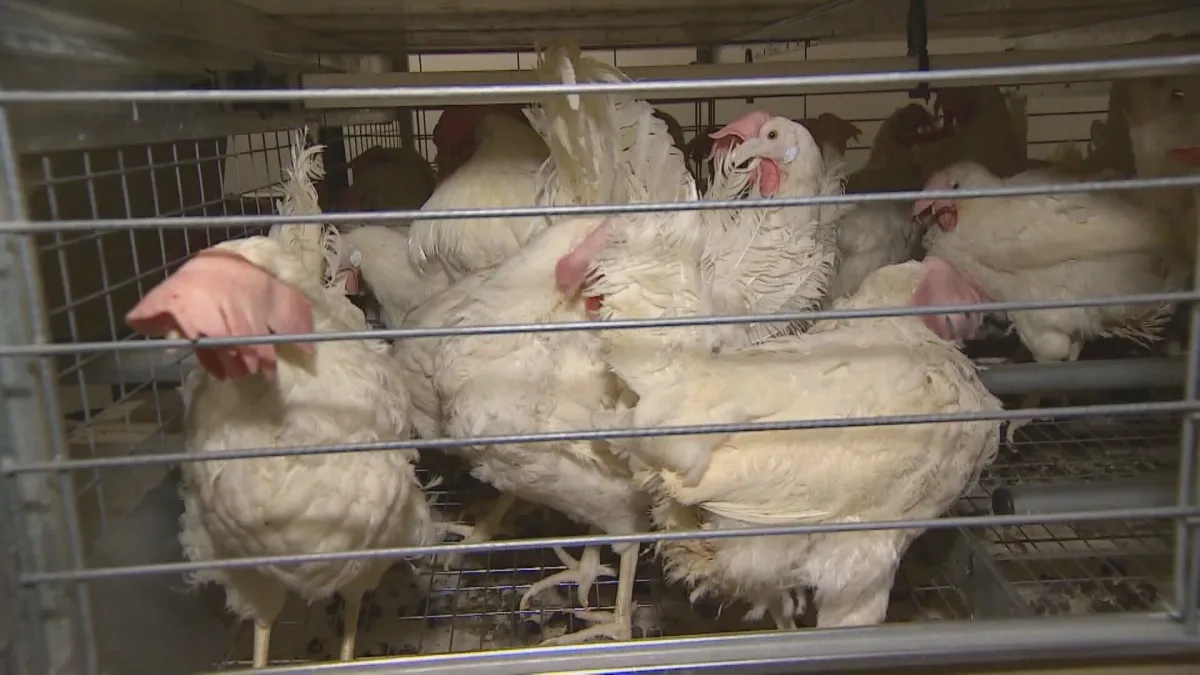

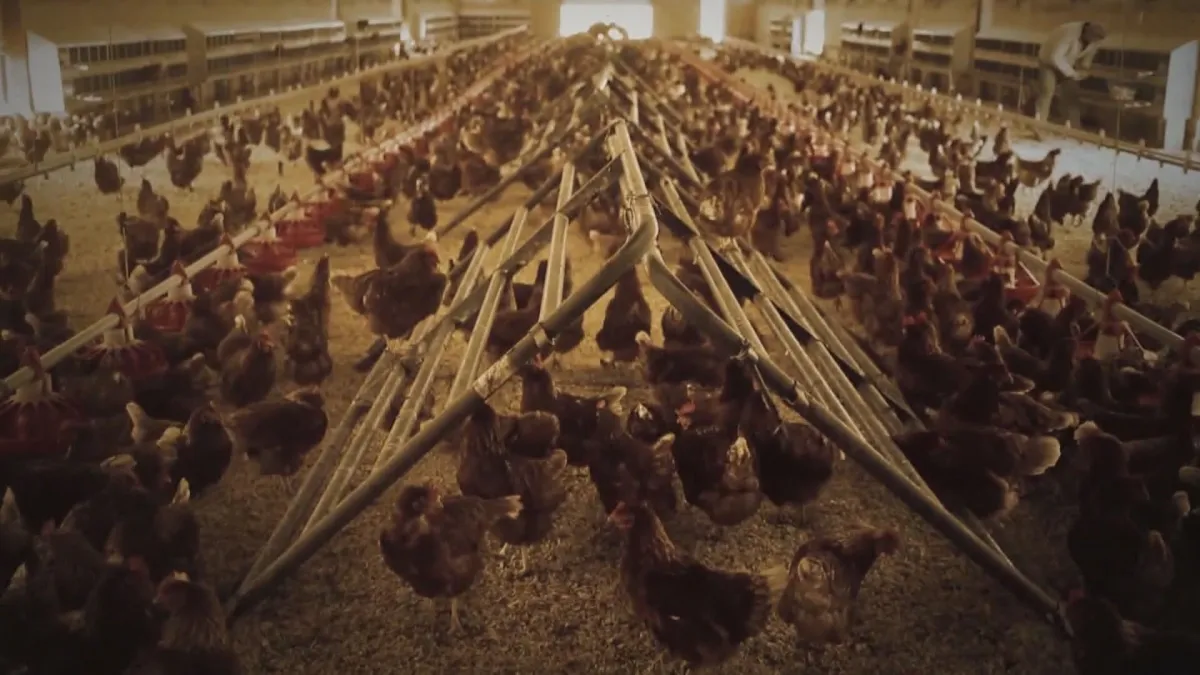

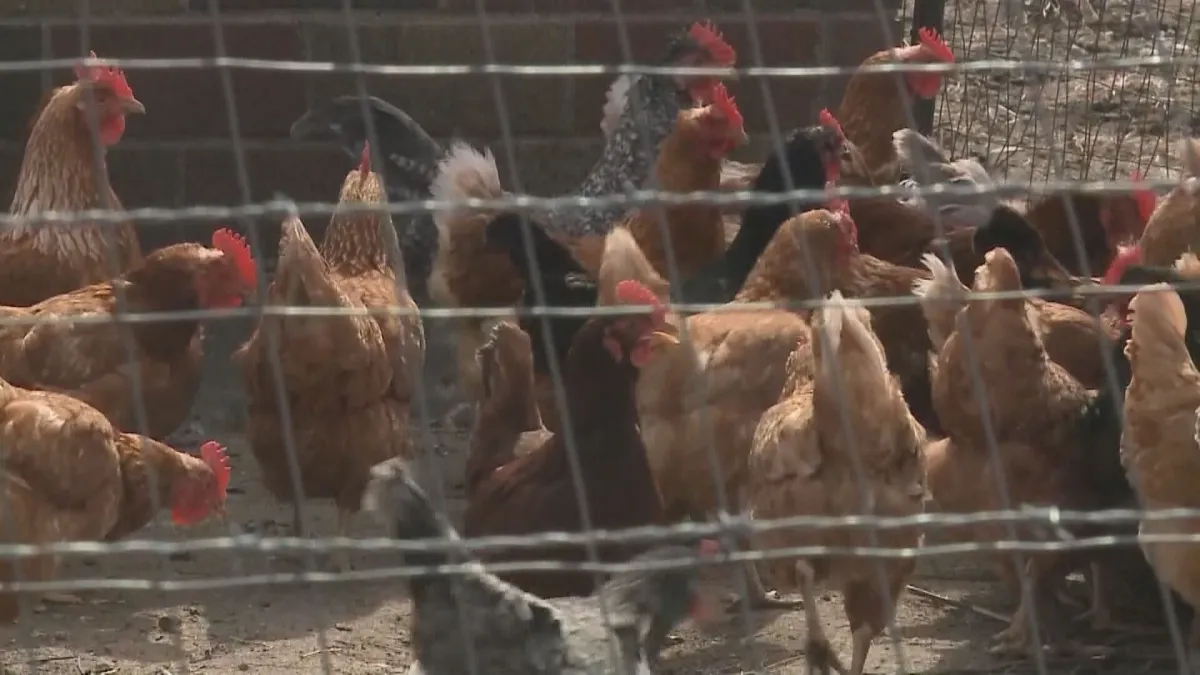

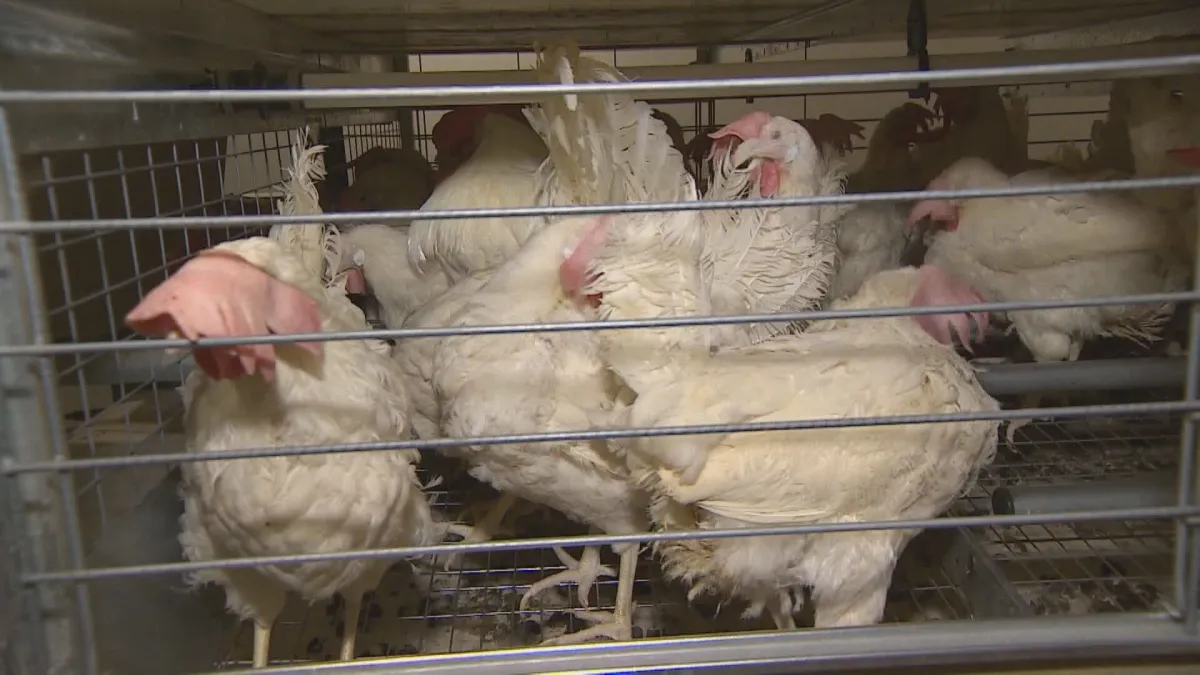

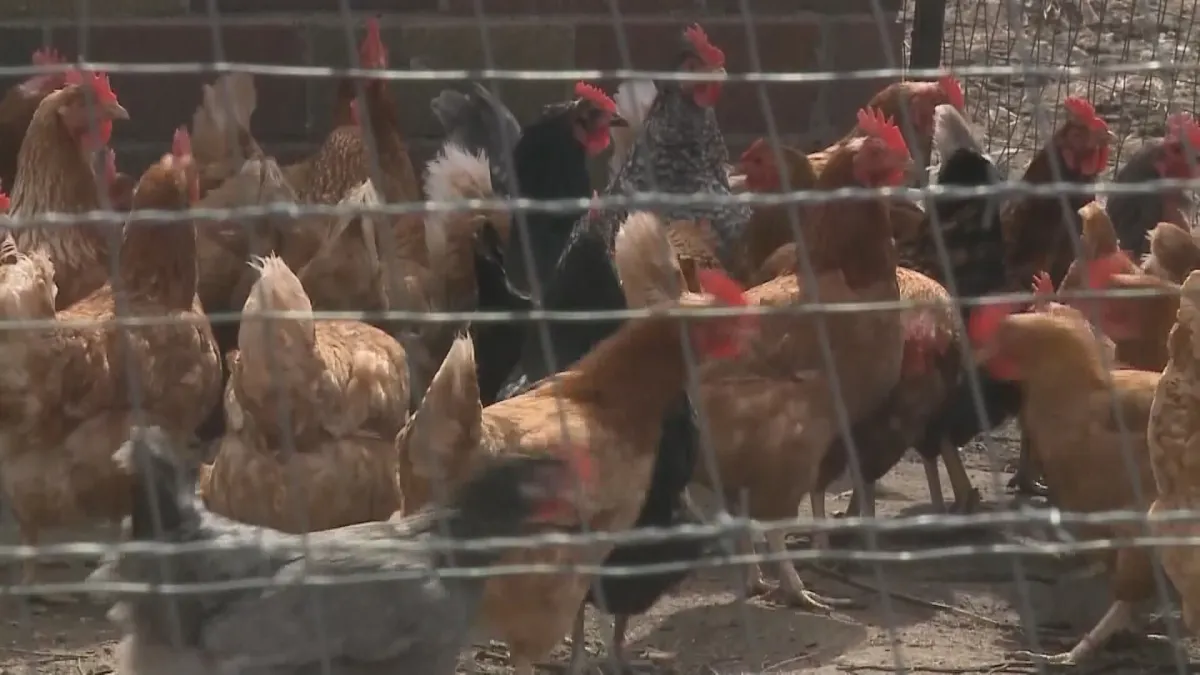
However, he said the focus should be on preventing cases.
“I think the key feature of this case, though, was that there was no obvious source, which is very concerning,” Bogoch added.
“In the United States, for example, they have over 60 human cases documented of H5n1 in 2024, and all but two have an obvious source — either close contact with infected poultry, close contact with impacted dairy cows. But there’s two that have no obvious source. And this is another case, the only case in Canada with no obvious source.”
Bogoch said that is concerning and the worst-case scenario is that the virus is more readily transmitted from human to human.
As of Jan. 1, it is not, Bogoch added, and the goal is to keep it that way.
“We just don’t want to give this virus an opportunity to adapt and mutate, to be more transmissible among mammals, especially, of course, among humans.
“And the way you get there is avoiding infection in the first place.”
Tweet This Click to share quote on Twitter: "And the way you get there is avoiding infection in the first place."
Bogoch said everyone should avoid touching or picking up dead or sick wild animals, especially birds, and people working with animals need to ensure there’s no spill-over events to humans.


